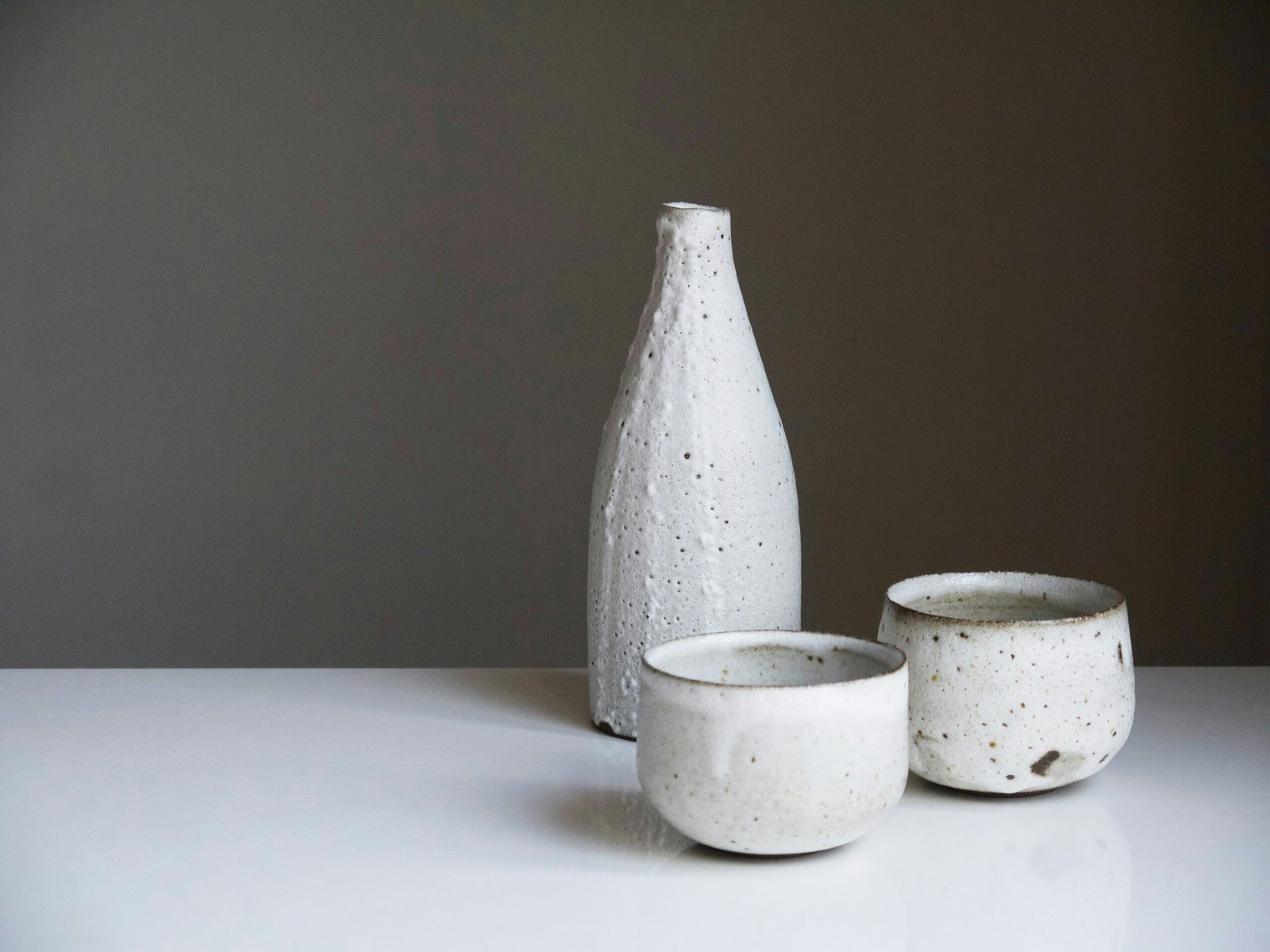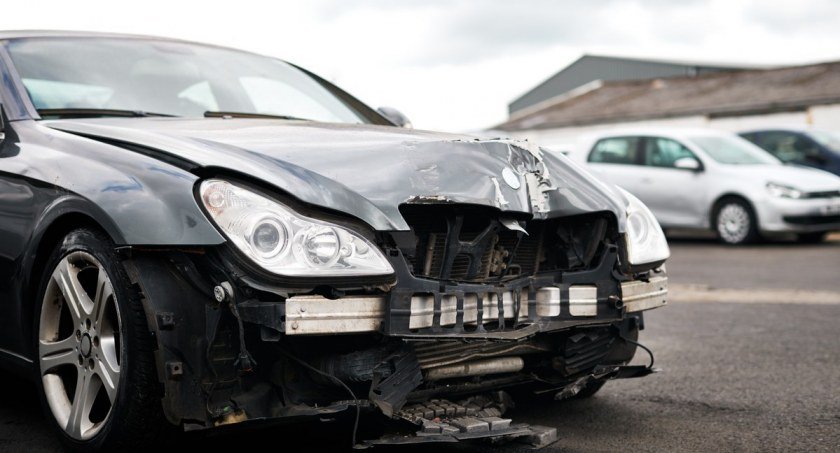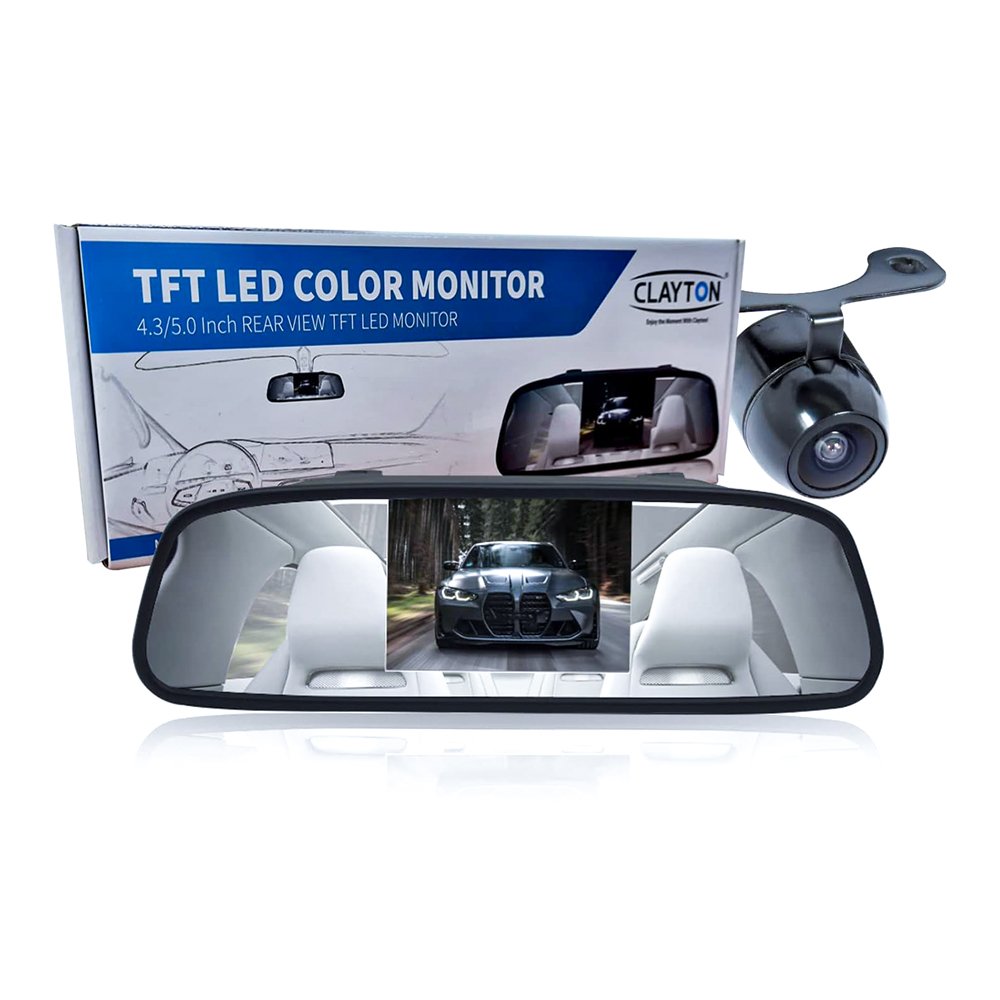Introduction to Paint Protection
Paint protection is a critical consideration for vehicle owners seeking to maintain the aesthetic appeal and resale value of their cars. The harsh realities of everyday driving expose vehicle paint to a myriad of environmental threats. Factors such as ultraviolet (UV) rays, dirt, bird droppings, and road salt can result in significant deterioration over time. UV radiation is particularly damaging, as it can cause the paint to fade, while dirt and grime can lead to scratches and imperfections when left unaddressed.
Furthermore, acidic substances like bird droppings and tree sap can damage paint finishes, leading to unpleasant staining and corrosion. When these contaminants are not cleaned promptly, they can bond with the paint, resulting in long-lasting damage that may necessitate costly repairs. Road salt, especially prevalent in colder climates, can accelerate the rusting process if not removed, posing a threat not only to the paint but also to the underlying metal components of the vehicle.
Given these challenges, paint protection becomes an essential aspect of vehicle maintenance. Vehicle owners are often presented with two primary methods of safeguarding their car’s surface: ceramic coatings and traditional wax. While both options provide a form of protection, they differ in application methods, longevity, and effectiveness. As we delve deeper into the subject, it is crucial to understand the characteristics and benefits of these two paint protection strategies. Each offers unique advantages tailored to different needs and preferences, allowing owners to choose the solution that best fits their style and vehicle requirements.
Understanding Ceramic Coatings
Ceramic coatings are advanced protective solutions designed to enhance the longevity and aesthetic appeal of vehicle paint. Comprised primarily of silicon dioxide (SiO2) and other chemical compounds, these coatings form a durable, hydrophobic layer on the vehicle’s surface. The technology behind ceramic coatings involves the molecular bonding of the coating to the car’s paint, creating a robust shield that significantly improves protection against environmental contaminants such as dirt, grime, and chemicals.
The primary allure of ceramic coatings lies in their impressive durability. Unlike traditional wax or sealants, which typically require frequent reapplication, ceramic coatings can provide long-lasting protection that endures for years when properly maintained. This durability manifests in a hard, reflective surface that resists scratching, weathering, and other forms of wear, making it particularly appealing to car enthusiasts and professionals in the detailing industry.
Moreover, ceramic coatings exhibit remarkable hydrophobic properties. This means that water and contaminants are repelled rather than absorbed, allowing for easier cleaning and maintenance. Vehicles coated with ceramic protectants often experience reduced water spots and improved drying times, which contribute to a cleaner appearance. Additionally, the resistance of ceramic coatings to chemicals, such as bird droppings, tree sap, and UV rays, ensures that the underlying paint remains intact and vivid over time.
The growing popularity of ceramic coatings among car owners can be attributed to these enhanced protective qualities. As consumers become increasingly informed about vehicle maintenance options, the longevity, ease of cleaning, and superior protection offered by ceramic coatings make them a favorable choice. The continuous advancement in formulation technology further broadens their appeal, promising even more effective solutions for paint protection in the future.
Exploring Car Wax
Car wax has long been a staple in the automotive detailing world, revered for its ability to enhance a vehicle’s appearance while providing a degree of paint protection. Traditionally, waxes are composed of either natural ingredients, such as carnauba wax, or synthetic compounds that mimic the protective qualities of natural wax. Each type has its own set of characteristics, strengths, and limitations, making them suitable for different consumer needs and preferences.
Natural car wax, synthesized from the leaves of the Brazilian carnauba palm, is often celebrated for its rich depth of shine and warm gloss. However, these natural products may require more frequent application to maintain effectiveness, especially in harsher environmental conditions. In contrast, synthetic waxes, formulated from polymers and resins, can offer durability and extended protection against UV rays, contaminants, and pollutants, making them a popular choice for those seeking longevity in paint protection.
Applying car wax is generally straightforward, involving cleansing the surface, applying the wax in a circular motion, and buffing to a shine. This ease of application makes it accessible for both novice DIYers and experienced enthusiasts. However, the perceived convenience is often tempered by the need for reapplication every few months, as conventional wax can wear away over time, especially with exposure to elements such as rain, sun, and pollutants.
In terms of cost, car wax is frequently more economical compared to ceramic coatings, making it an attractive option for those on a budget. Despite this affordability, the protective capabilities of wax are limited compared to the robustness offered by ceramic coatings. While wax provides an attractive finish and a basic layer of protection, it may not offer the same resistance to scratches and chemical damage that ceramic coatings are designed to withstand. Thus, while car wax remains a viable option for paint protection, it is essential to weigh its pros and cons relative to other protective solutions available on the market today.
Durability Comparison: Ceramic Coatings vs. Wax
When evaluating paint protection options, durability remains a critical factor. Ceramic coatings and traditional wax provide varying degrees of longevity and resilience. Generally speaking, ceramic coatings are designed to offer long-lasting protection, often extending from two to five years, depending on the product quality and environmental factors. This remarkable durability is largely due to the chemical bonding process, which creates a protective layer that bonds directly to the vehicle’s paint. In contrast, traditional wax typically offers protection that lasts only between a few weeks to three months, requiring more frequent reapplication to maintain efficacy.
One important aspect to consider is the environmental resilience of both paint protection options. Ceramic coatings excel in resisting UV rays, chemical stains, and environmental contaminants, making them ideal for vehicles exposed to harsh weather conditions or regular washing. Wax, while providing a certain level of protection, is considerably less resistant to such elements and can degrade quicker, particularly in extreme climates or under regular exposure to chemicals.
Additionally, maintenance plays a significant role in the longevity of these products. While ceramic coatings require more cautious handling during application, their maintenance is relatively straightforward. Routine washing with pH-balanced soaps can help sustain the coating’s integrity without necessitating frequent reapplications. On the other hand, car owners who opt for wax must adopt a more hands-on approach, as manual reapplication is typically needed every few weeks to maintain its protective qualities. This ongoing commitment can make wax a less convenient choice for some vehicle owners.
In summary, ceramic coatings significantly outperform wax in terms of durability, longevity, and ease of maintenance. Choosing the right option for your vehicle should consider not only initial application costs but also the long-term performance and upkeep required for optimal paint protection.
Performance and Protection Features
When considering paint protection options for vehicles, two popular choices are ceramic coatings and traditional waxing. Each method offers distinct performance features that cater to different automotive needs. A critical factor in evaluating these options is scratch resistance. Ceramic coatings, being a chemically inert material, create a hard surface that can resist minor scratches and swirl marks more effectively than wax. In comparison, while wax can provide a temporary buffer for the paint surface, it is typically less durable under harsh conditions.
Another pivotal aspect of paint protection is the resistance to environmental contaminants. Ceramic coatings form a covalent bond with the vehicle’s paint, offering improved resistance against contaminants such as tree sap, bird droppings, and road grime. These coatings prevent these harmful substances from adhering to the surface, making it easier to clean and maintain the vehicle’s appearance. On the other hand, wax can be broken down more easily by these same contaminants, requiring more frequent reapplication to maintain the protection level.
UV protection is also a significant attribute of automotive paint protection. Prolonged exposure to ultraviolet rays can lead to paint fading and oxidation. Ceramic coatings typically feature UV inhibitors that protect the underlying paint from sun damage. While some wax products offer a degree of UV protection, they tend to degrade quicker under direct sunlight compared to the longevity of ceramic coatings.
Lastly, the hydrophobic qualities of both options play a role in determining their effectiveness. Ceramic coatings excel in creating a hydrophobic surface, allowing water to bead and roll off easily. This feature not only enhances the vehicle’s appearance but also reduces the likelihood of water spots forming. Wax can offer some hydrophobic properties, but the level of beading and water repellency is usually inferior to that of ceramic coatings.
Overall, when assessing the performance and protective features of ceramic coatings versus wax, it becomes evident that ceramic coatings provide superior protection against scratches, contaminants, UV rays, and hydrophobic qualities, making them a compelling choice for vehicle guardianship.
Application Process: Ceramic Coatings vs. Wax
The application processes for ceramic coatings and wax differ significantly, influencing the effectiveness and durability of paint protection. Understanding these processes is vital for vehicle owners to make an informed decision about which product best suits their needs.
When it comes to wax application, the procedure is relatively straightforward and can be done by the average car owner. The first step involves thoroughly washing the vehicle to remove any dirt or contaminants. Following this, the surface must be dried completely to prevent water spots. Once prepped, the wax is applied using an applicator pad, working in small sections to ensure even coverage. Typically, the wax needs a curing time of about fifteen to thirty minutes before it can be buffed off with a microfiber cloth, resulting in a gleaming finish. The total time for a wax application can vary, but most individuals can complete it in a few hours. Professional help is optional, as many choose to tackle this task themselves.
Conversely, the application of ceramic coatings is more complex and often requires professional assistance. Initially, the car must undergo a meticulous cleaning and decontamination process, utilizing clay bars and polishing techniques to achieve a polished surface without imperfections. This preparation stage is crucial, as any remaining contaminants can affect the bonding of the ceramic coating. Once prepared, the coating itself is applied in multiple thin layers, usually requiring a few hours for the application process alone. Additionally, ceramic coatings require a curing period that can extend from several hours to a full day, depending on the specific product. This extended application time is one reason why many opt for professionals to ensure the coating is applied correctly, as any errors can compromise both aesthetic and protective qualities.
Ultimately, the choice between ceramic coatings and wax should consider the application complexity and the user’s comfort level with the process, along with their budget for maintenance solutions.
Cost Analysis: Is It Worth the Investment?
When considering paint protection for vehicles, both ceramic coatings and traditional waxes present varying costs that can influence decision-making. Initially, the cost of ceramic coatings can be considerably higher than that of wax. While a standard wax application may range from $15 to $75, depending on product quality and professional services, ceramic coatings can cost anywhere from $500 to $2,000. This price disparity raises the question of whether ceramic coatings merit their premium investment.
However, it is crucial to examine the long-term value and durability of these options. Ceramic coatings are designed to last significantly longer than wax, often exceeding two to five years with proper maintenance. In contrast, wax typically requires reapplication every three to six months to maintain optimal protection. Over time, the cumulative costs of periodic wax applications can equal or even surpass the initial investment in ceramic coatings.
Additionally, ceramic coatings offer enhanced protection against environmental contaminants, UV rays, and chemical stains. This sustained defense not only keeps the vehicle’s exterior in better condition but also reduces the frequency and intensity of detailing efforts. Consequently, while the initial expenditure on ceramic coatings is higher, the potential savings on maintenance, such as reduced washing and polishing related expenses, may ultimately justify the upfront cost.
In essence, the financial feasibility of choosing between ceramic coatings and wax boils down to an analysis of individual priorities and usage. If one intends to preserve the vehicle’s appearance for an extended period and minimize maintenance efforts, the investment in ceramic coatings can be considered worthwhile. The choice depends on evaluating the balance of initial fewer expenses versus the long-term financial and protective benefits of each option.
User Experiences and Reviews
When it comes to choosing between ceramic coatings and wax for paint protection, real-world user experiences can provide valuable insights. Many car owners who have opted for ceramic coatings report a significantly enhanced protection level and durability compared to traditional wax products. Users appreciate the long-lasting hydrophobic properties of ceramic coatings, which allow water to bead off surfaces effortlessly. One user noted, “I applied a ceramic coating on my vehicle, and I was amazed at how easily it repelled dirt and grime. This has made car washing a breeze!” Such testimonials highlight the effectiveness of ceramic coatings in maintaining a vehicle’s aesthetic appeal.
On the other hand, there are enthusiasts who still value the traditional wax option, finding satisfaction in the process of applying it by hand. Many wax users emphasize the immediate shine and depth it offers, appreciating the sensory experience of working with high-quality wax products. A user shared, “While it may not last as long as ceramic, I love how my car looks after a fresh wax application. There’s something satisfying about that gleam.” However, some wax users have expressed concerns about the need for frequent reapplication due to the shorter lifespan of wax compared to ceramic coatings.
In terms of ratings, ceramic coatings tend to garner higher average scores on product reviews, often cited for their advanced protective qualities. However, user preferences can vary based on maintenance routines and vehicle usage. Common misconceptions include the belief that both options provide similar protection, which many reviews address directly. Ceramic coatings have been found to withstand harsher environmental conditions than wax, which did not hold up as well in similar tests. Such user experiences underscore the importance of aligning product choice with individual needs and preferences regarding paint protection.
Conclusion: Which Option Is Right for You?
As you contemplate the right choice between ceramic coatings and wax for your vehicle’s paint protection, it is essential to consider various factors that align with your specific needs and preferences. Each option has its distinct advantages and disadvantages, making it imperative to evaluate your circumstances thoroughly. Ceramic coatings offer long-lasting durability and superior protection against environmental hazards, making them an ideal choice for individuals seeking a low-maintenance solution. On the other hand, wax provides a more straightforward application process and is cost-effective, catering to those who prefer to apply protection themselves and maintain a traditional approach to vehicle care.
Your primary consideration should revolve around the usage of your vehicle. If your car frequently encounters harsh weather conditions or exposure to contaminants, a ceramic coating may be the more beneficial option due to its robust protective qualities. In contrast, if you use your vehicle less often and are comfortable with periodic applications, wax can provide sufficient protection while enhancing the vehicle’s gloss and shine.
Budget also plays a crucial role in this decision. While ceramic coatings generally involve a higher upfront investment, their longevity can make them more economical in the long run. Wax, however, remains a budget-friendly alternative that can yield satisfying results with regular maintenance. It is crucial to assess your willingness to invest time and resources into upkeep. Those who prefer a hands-off approach with minimal maintenance will likely appreciate the advantages of ceramic coatings.
Ultimately, the choice between ceramic coatings and wax depends on individual preferences regarding maintenance, protection, and budget. Carefully weighing these factors, along with the insights shared in the preceding sections, can lead you to make an informed decision that best suits your vehicle’s needs and your lifestyle.



